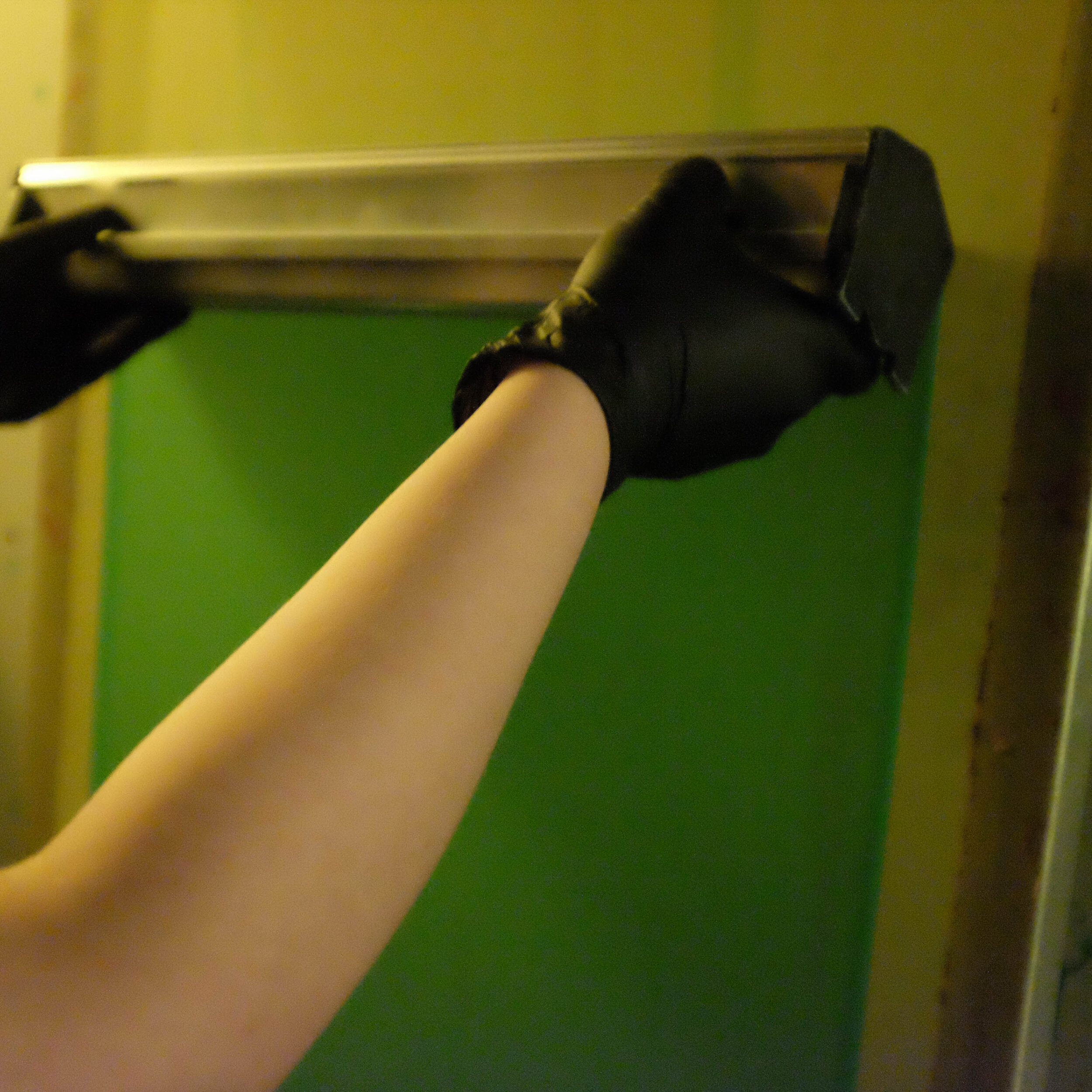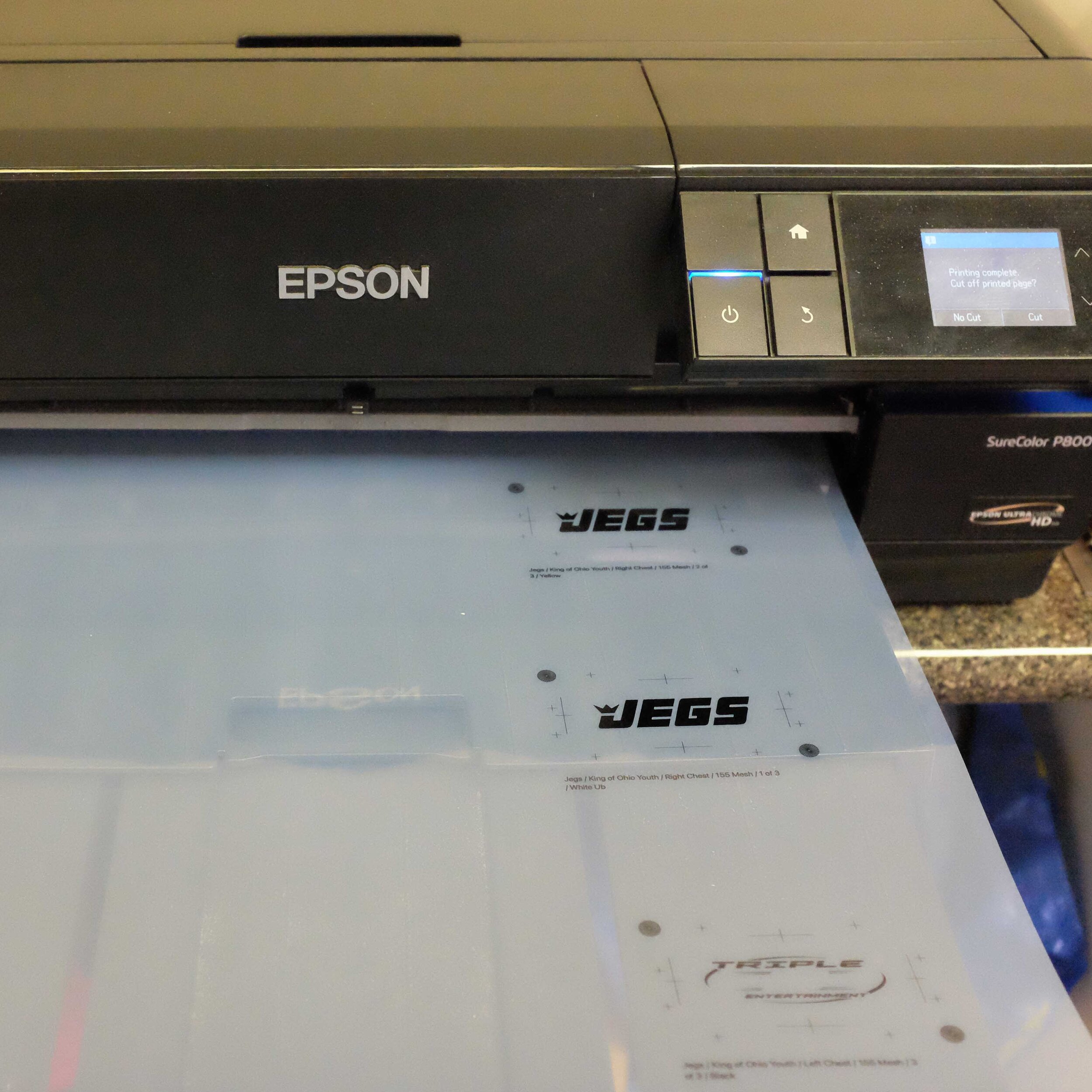Behind the Scenes: Preparing the screens for printing
An often overlooked aspect of screen printing is the preparation of the screens. Essentially, a screen is a giant stencil to control the application of the ink to the print. Below is a primer on the process for screen preparation.
Preparing the Screen
Coat the silkscreen with photo emulsion using a scoop coater. The scoop C\coater has two sides for coating. The sharp thin edge is for coating higher screen mesh and the rounded dull edge is for coating lower mesh screens. The emulsion is spread evenly to coat the whole screen in a thin, even layer of photo emulsion. This is done for both sides of the screen.
Dry the screen in a dark room for a couple of hours. Since the photo emulsion hardens when exposed to light, protection from light sources is imperative for a quality print.
Print a stencil on a transparency film with an inkjet printer. The stencil prints need to be completely opaque to adequately block out light for a successful image transfer. A separate stencil is required for each color of the print.
Register the films. Each film is aligned to the others with leaders and registration pins. Registration ensures the proper placement of adjacent colors without undesired overlapping print.
Position the transparency on the screen to burn it. The framed screen coated in dried emulsion placed on an exposure table with the proper film stencil. A vacuum is used to ensure proper contact between the stencil and the screen, eliminating light leaks that can ruin the print.
Expose the screen, burning the image into the emulsion. A high power UV light is used to expose the screen. The light is precisely timed depending on the screen mesh required for the image.
Clean the screen. The screen is sprayed with water until all the emulsion washes off where your transparency blocked the light. Spray out takes precision and finesse to remove all the unwanted emulsion without damaging the emulsion that should remain. You can completely see through the areas where the ink is to be printed. The screen then dries, until ready for use.





